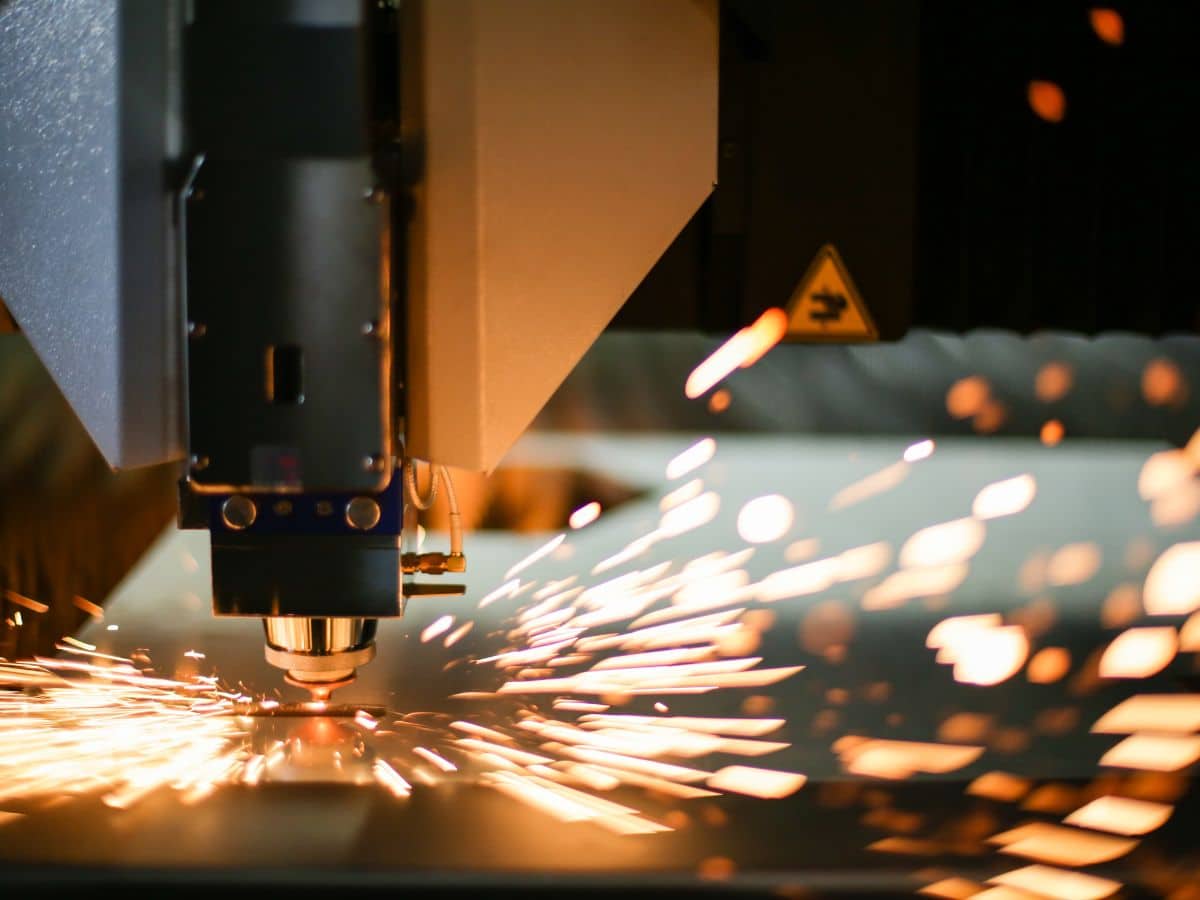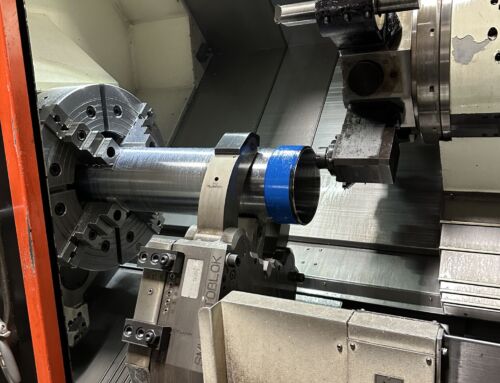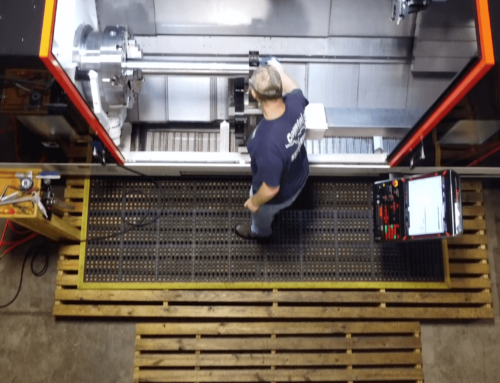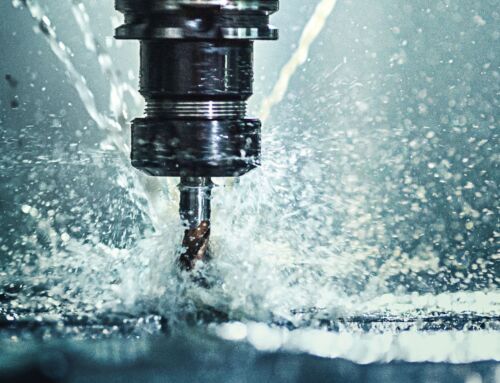The evolution of CNC machining and the significant advancements in machining technology has shaped the industry in a way that has not only increased productivity but also elevated the standards of accuracy, consistency, and complexity in manufacturing processes. What once required the skilled hands of a machinist can now be accomplished with unparalleled precision by machines, paving the way for greater innovation in industries ranging from aerospace to medical devices.
The Early Days: Manual Machining
Machining began as a manual process in which skilled machinists relied on their hands, intuition, and a collection of basic tools to shape metal and other materials into functional components. This era was characterized by labor-intensive practices, where precision was largely dependent on the machinist’s experience and skill. While talented artisans could produce high-quality work, the variability inherent in manual processes often led to inconsistencies.
As manufacturing needs grew, so did the demand for improved accuracy and efficiency. This led to the development of more sophisticated machines, such as lathes and milling machines. However, even these machines required skilled operators to set and adjust the machinery, making manual machining a slow and laborious process.
The Birth of CNC Machining
The introduction of CNC machining marked a significant turning point in the world of manufacturing. Developed in the 1950s and 1960s, CNC technology automated the machining process by using computers to control the movements of machines. This innovation allowed for the creation of complex geometries and shapes that were previously impossible or extremely challenging to achieve through manual machining.
CNC machines utilize a combination of software and hardware to translate digital designs into physical parts. Operators can input specifications into a computer program, which then directs the machine to execute precise movements. This shift from manual to automated machining not only improved precision but also drastically reduced production times. The ability to produce identical parts with minimal variation made CNC machining an attractive option for manufacturers across various industries.
Advancements in Machining Technology
With further machining technology advancements, modern CNC machines come equipped with advanced features that enhance performance and productivity. For example, multi-axis machining allows for more complex operations by enabling the tool to move along multiple axes simultaneously. This capability is particularly beneficial in industries that require intricate designs, such as aerospace and automotive manufacturing.
Additionally, the development of high-speed machining techniques utilize faster spindle speeds and feed rates, enabling manufacturers to produce parts more quickly without compromising on quality. Coupled with improved tool materials and coatings, high-speed machining has become a game-changer for precision engineering.
The integration of automation and robotics into CNC machining has further revolutionized the industry. Automated systems can now handle tasks such as part loading and unloading, inspection, and even tool changes. This not only increases efficiency but also reduces the risk of human error, allowing operators to focus on more complex tasks.
The Role of Software in Precision Engineering Evolution
In addition to hardware advancements, software has played a crucial role in the evolution of CNC machining. Sophisticated computer-aided design (CAD) and computer-aided manufacturing (CAM) software have transformed how engineers design and manufacture parts. CAD software allows for the creation of intricate designs that can be easily modified, while CAM software translates these designs into machine-readable instructions.
The advent of cloud computing has facilitated real-time data sharing and collaboration among teams, further streamlining the manufacturing process. By leveraging data analytics and machine learning, manufacturers can optimize their CNC operations, predict maintenance needs, and improve overall production efficiency.
The Future of CNC Machining
As we look to the future, the evolution of CNC machining is poised to continue. Smart machines equipped with sensors can monitor performance in real time, allowing for predictive maintenance and reducing downtime, while additive manufacturing, or 3D printing, is beginning to intersect with traditional CNC machining, creating hybrid manufacturing processes that combine the strengths of both technologies. This fusion allows for the rapid prototyping of complex parts and the ability to produce lightweight components with enhanced performance characteristics.
The journey from manual to automated machining has transformed the manufacturing landscape, ushering in an era of precision engineering that was once the stuff of dreams. With continuous advancements in machining technology and a commitment to innovation, the future of CNC machining is bright. Coastal Machine & Supply is proud to be at the forefront of this evolution, providing cutting-edge solutions that meet the ever-growing demands of precision














